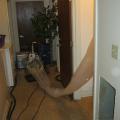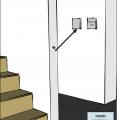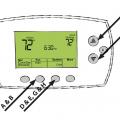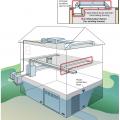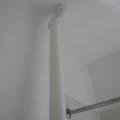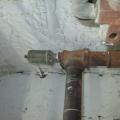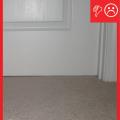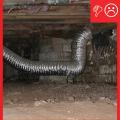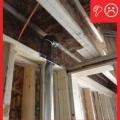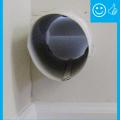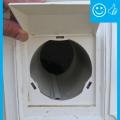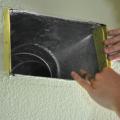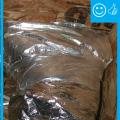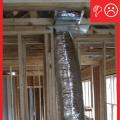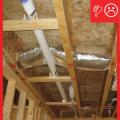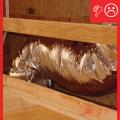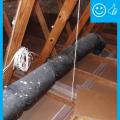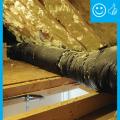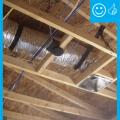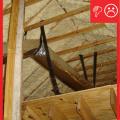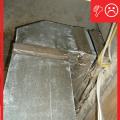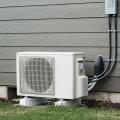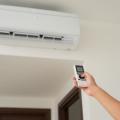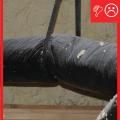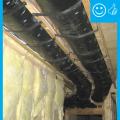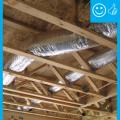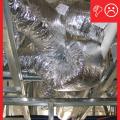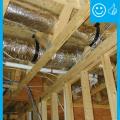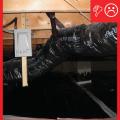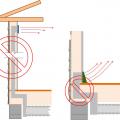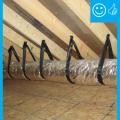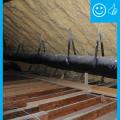Showing results 101 - 150 of 578
Continuously-operating ventilation & exhaust fans include readily accessible override controls
Contractors will inspect the home and test HVAC equipment for safety concerns before air sealing begins.
Cool air flow is produced when the cooling cycle is energized (set thermostat to “cool”)
Cooling air temperatures that can be achieved by a direct evaporative cooler at various outdoor conditions
Creating a soffit allows a duct trunk line to be relocated, reducing the risk of flooding damage to secondary HVAC components.
Cut fiber board with a red V-groove tool and a gray shiplap tool to create mitered corners and a shiplapped edge for duct sections
Direct-heat risers are bare pipes that heat the space they're in without connected radiators
Do not install a main vent on top of a drip leg where water spitting is likely to occur, which can damage the vent
Door has been undercut to allow for specified amount of air flow therefore contributing to pressure balancing
Dryer exhaust duct should vent directly to the exterior via a smooth, rigid metal duct
Dryer vent is run vertical with a 90 degree bend and does not vent to the outside
Duct boot is air sealed to ceiling by covering the seam with fiberglass mesh tape and mastic
Duct boots sealed to floor, wall, or ceiling using caulk, foam, mastic tape, or mastic paste
Duct lacks adequate support to carry the weight so the few straps are pinching the duct
Duct to boot connection of jump duct not fastened and sealed
Ductless indoor units like this one are controlled individually by handheld remote controllers.
Ducts are insulated but strapping is compressing the insulation therefore reducing the R-value
Ducts sagging because supports not installed at regular intervals
